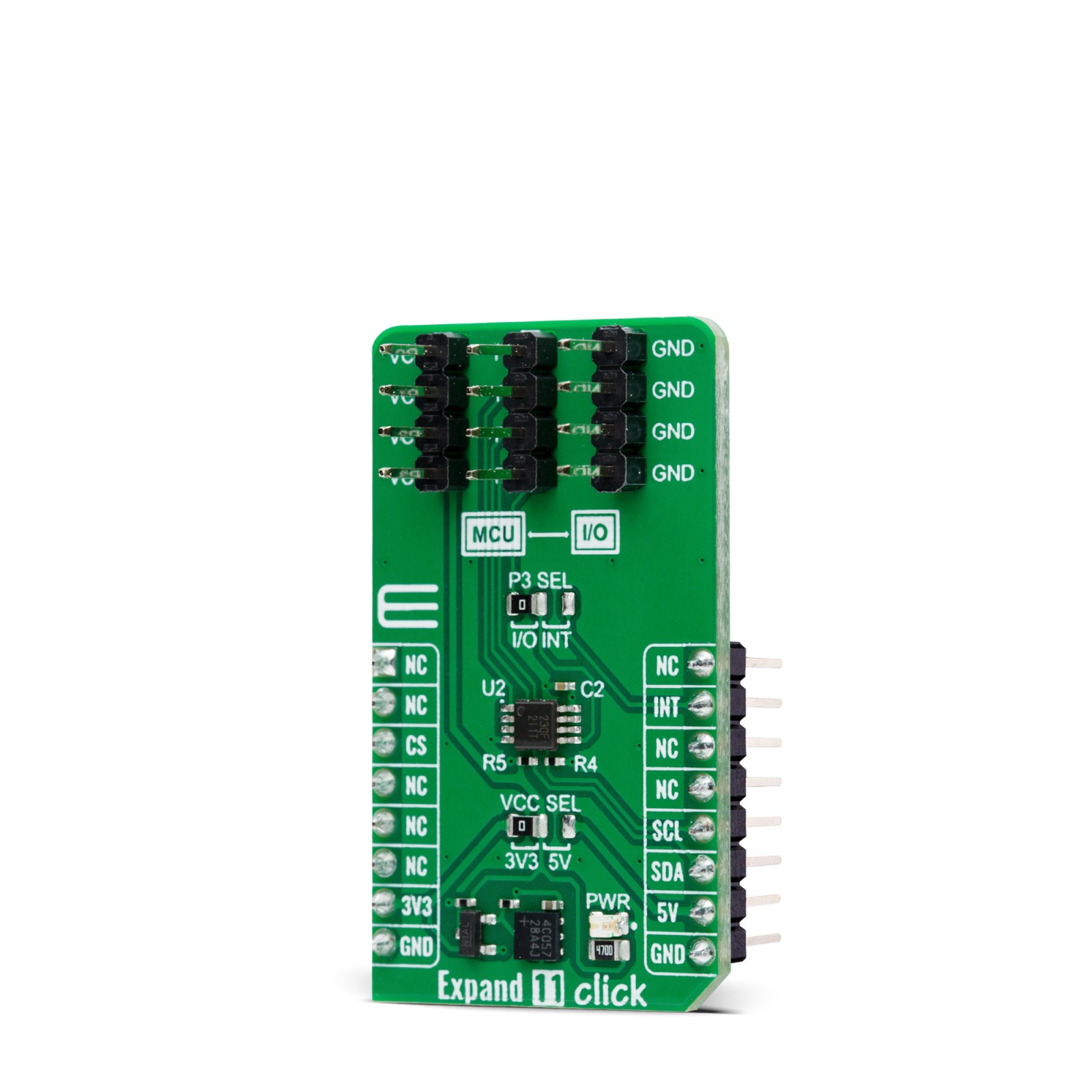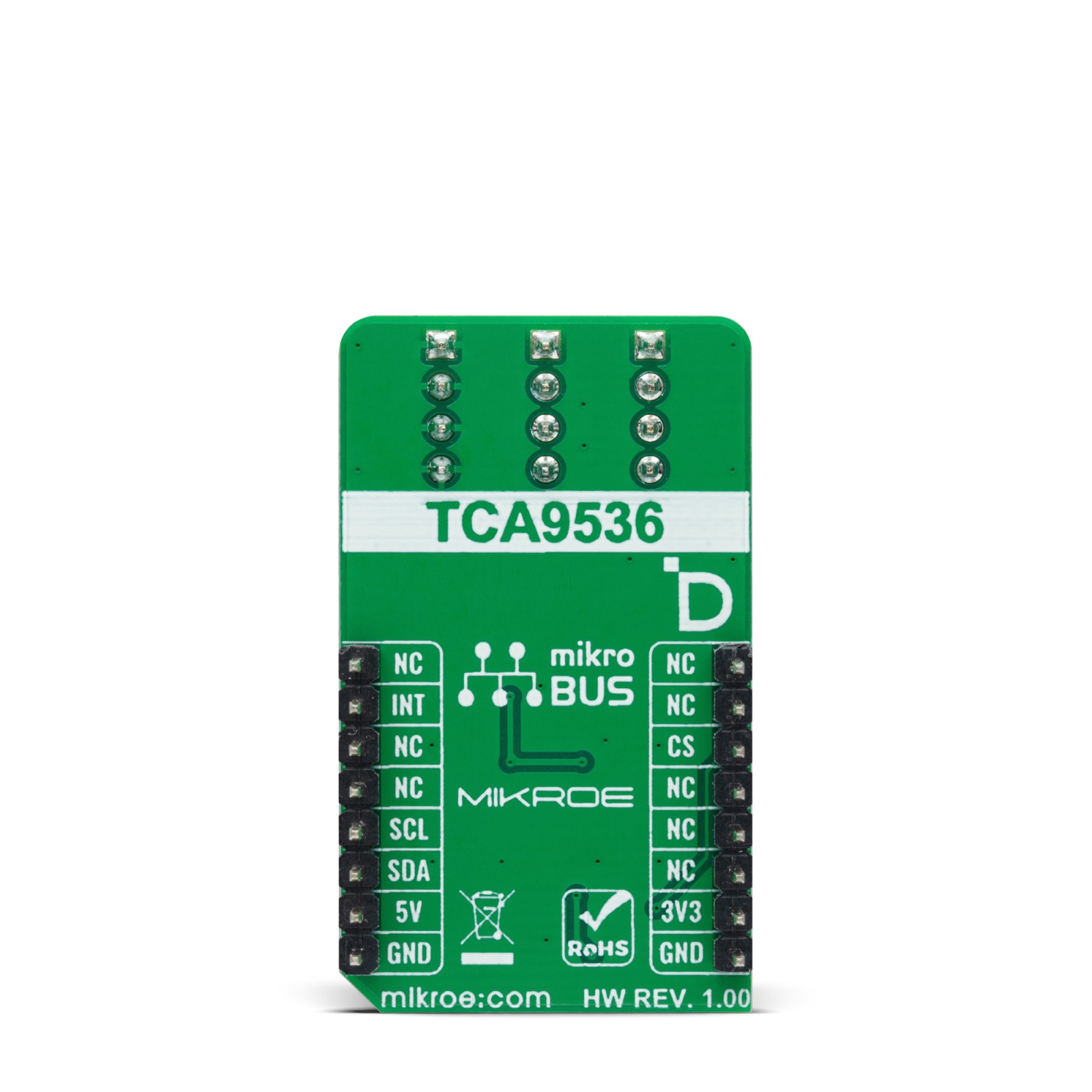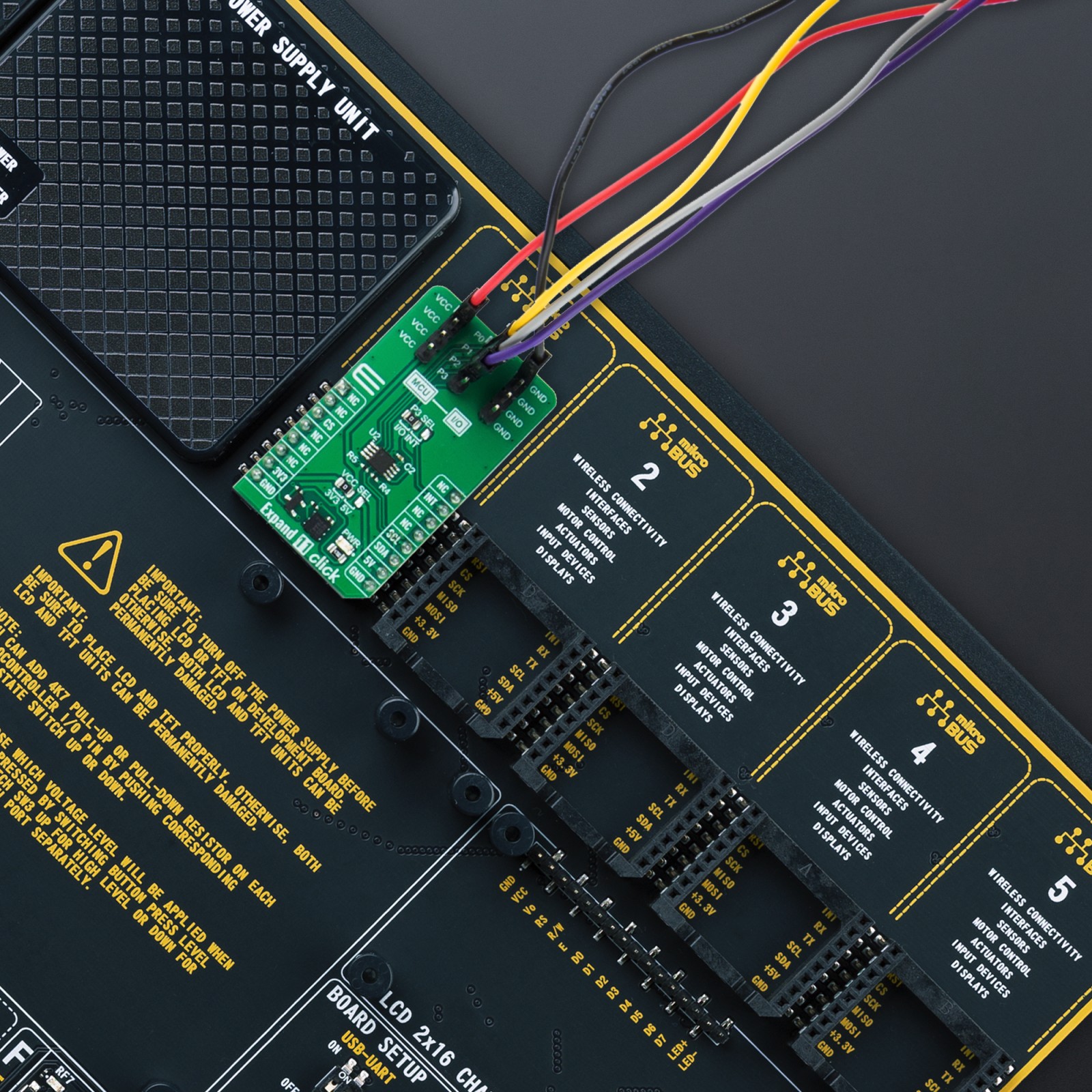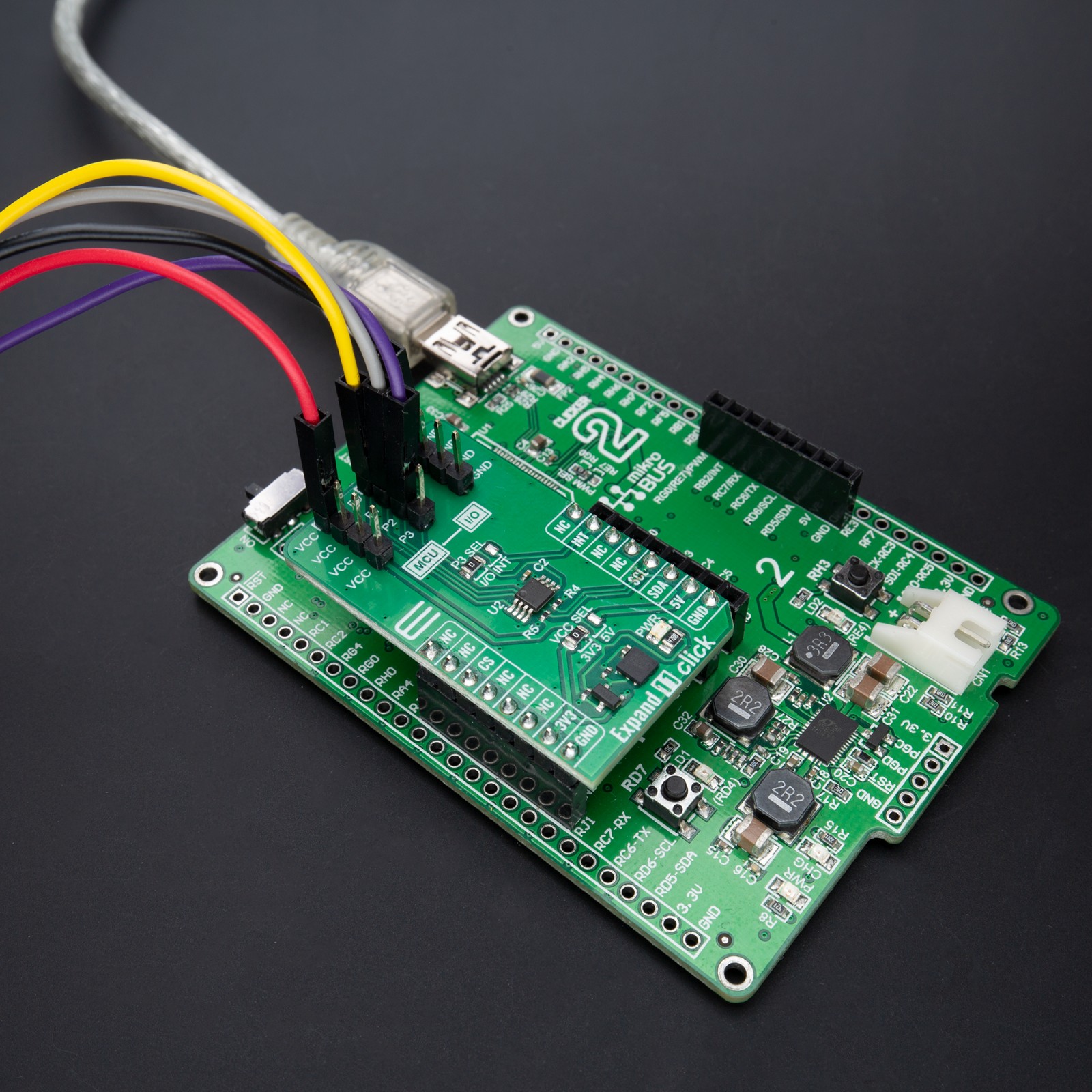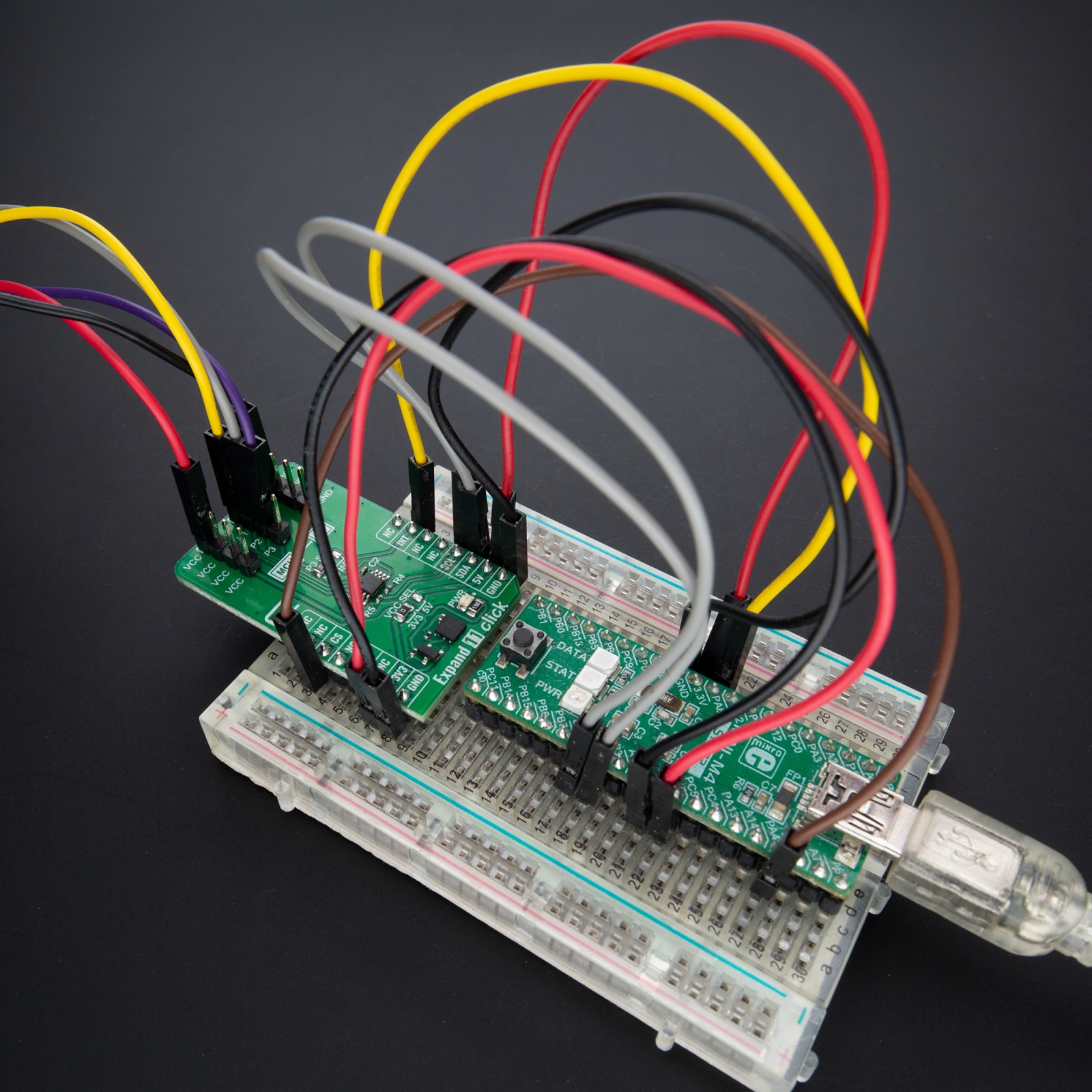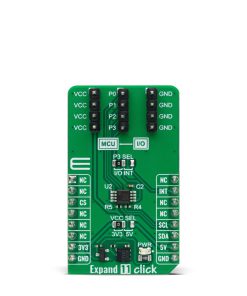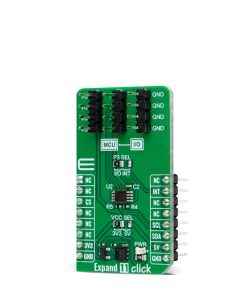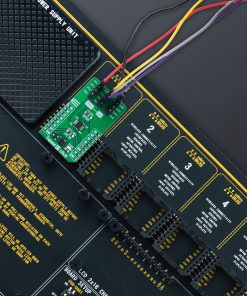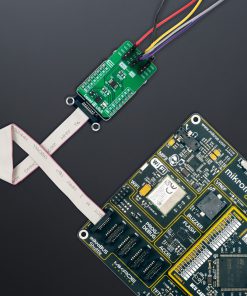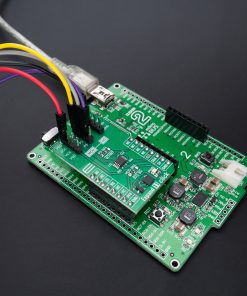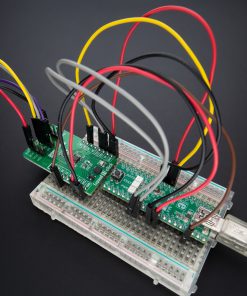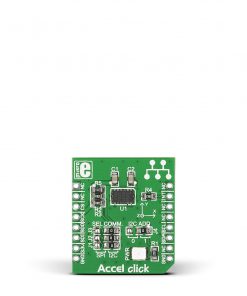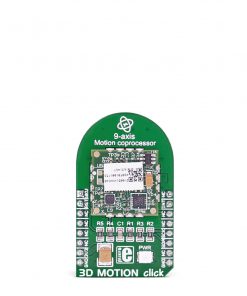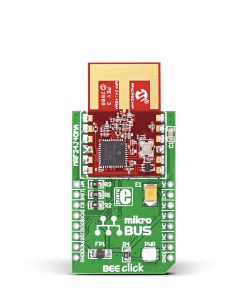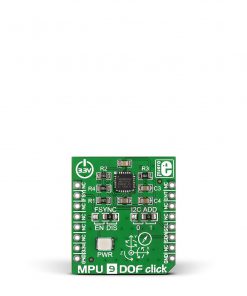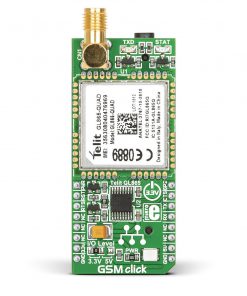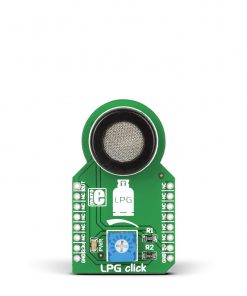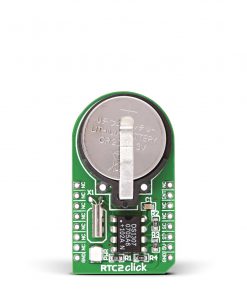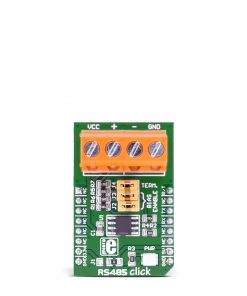Expand 11 Click
R330.00 ex. VAT
Expand 11 Click is a compact add-on board that contains a multi-port I/O expander. This board features the TCA9536, a general-purpose remote I/O expansion for most microcontroller families from Texas Instruments. The TCA9536 comes in a 4-port configuration and allows easy addition of I/O through a standard I2C serial interface. Each port is user-configurable to either a logic input or logic output by writing to the I/O configuration register bits. The data for each input or output is kept in the corresponding input or output register. There is an additional special function register that port P3, in addition to its standard I/O function, can also configure as an interrupt feature. This Click board™ provides a simple solution when additional I/Os are needed while keeping interconnections to a minimum in system monitoring applications, industrial controllers, portable equipment, and many more.
Expand 11 Click is fully compatible with the mikroBUS™ socket and can be used on any host system supporting the mikroBUS™ standard. It comes with the mikroSDK open-source libraries, offering unparalleled flexibility for evaluation and customization. What sets this Click board™ apart is the groundbreaking ClickID feature, enabling your host system to seamlessly and automatically detect and identify this add-on board.
Stock: Lead-time applicable.
| 5+ | R313.50 |
| 10+ | R297.00 |
| 15+ | R280.50 |
| 20+ | R269.94 |


